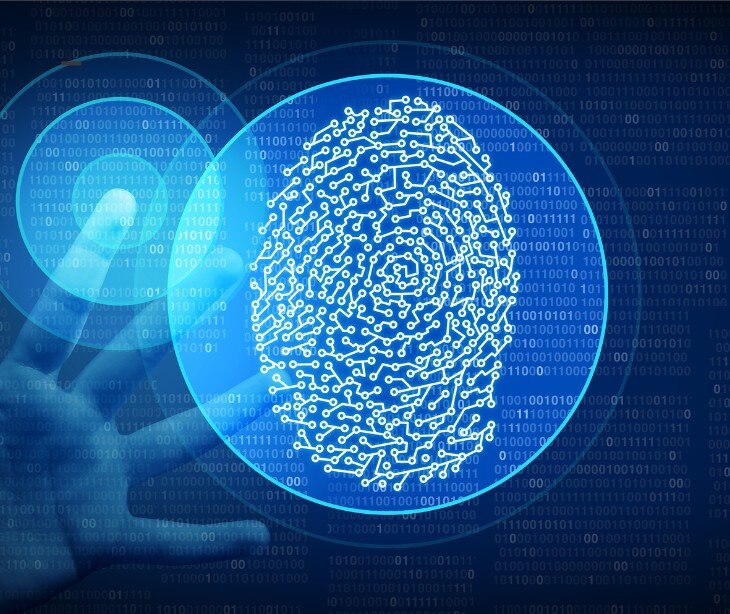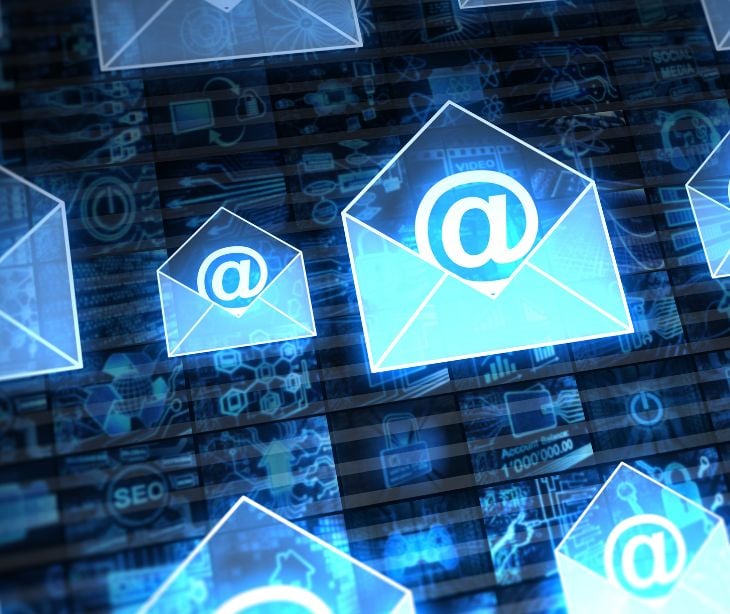2 min read
Secure identity verification methods in healthcare email
Tshedimoso Makhene
August 09, 2024

Healthcare organizations should implement strategies to ensure identity verification to protect sensitive healthcare information. By keeping emails confidential and secure, healthcare organizations can maintain the trust of their patients, comply with regulatory requirements, and provide high-quality care.
Secure identity verification
Secure identity verification is a process used to confirm that an individual is who they claim to be, utilizing multiple security measures to prevent unauthorized access. The process typically involves verifying something the user knows (like a password), something the user has (such as a security token), and something the user is (biometric data like fingerprints or facial recognition). Once the individual’s identity is confirmed, they can view their private health information.
Methods of identity verification
Multi-factor authentication (MFA)
- Description: MFA requires users to provide two or more verification factors, such as biometric information or a password, to gain access to an account or system.
- Application in email: Users might need to enter a password plus a code sent to their mobile device or a fingerprint scan.
Digital certificates
- Description: A digital certificate is an electronic document used to prove the ownership of a public key. It includes information about the key, the identity of its owner, and the digital signature of an entity that has verified the certificate's contents.
- Application in email: Encrypts the email content and ensures that only the intended recipient, who possesses the corresponding private key, can decrypt and read the email.
Secure email gateways
- Description: Devices or software that monitor emails being sent and received, ensuring they comply with security policies.
- Application in email: Authentication in email can be used to enforce encryption, filter for malicious content, and authenticate senders.
Related: Top 12 HIPAA compliant email services
Public key infrastructure (PKI)
- Description: A framework for managing digital keys and certificates, public key infrastructure enables secure data exchange and authenticates users and devices.
- Application in email: Ensures emails are digitally signed and encrypted, providing data integrity and sender authentication.
Biometric authentication
- Description: Uses unique biological characteristics (e.g., fingerprints, facial recognition, iris scans) to verify identity.
- Application in email: Biometric authentication can be used with other authentication methods to access email accounts or decrypt secure emails.
Single sign-on (SSO)
- Description: Allows users to authenticate once to access multiple systems without re-entering credentials.
- Application in email: Streamlines the authentication process for healthcare professionals, reducing the risk of password fatigue while maintaining security.
Two-way SSL/TLS
- Description: Uses Secure Sockets Layer (SSL) or Transport Layer Security (TLS) to establish an encrypted link between a web server and a browser.
- Application in email: Ensures that emails sent and received are encrypted, protecting data in transit from eavesdropping and tampering.
Identity and access management (IAM)
- Description: Frameworks and technologies that manage digital identities and control resource access.
- Application in email: Ensures that only authorized users can send and receive sensitive information via email, often integrating with other secure verification methods.
Learn more: What is identity access management?
Best practices for healthcare email security
22% of data breaches in the healthcare sector occur due to inadequate email security measures. Here are some tips on how to enhance your email security:
- Encrypt emails: Always encrypt emails containing sensitive information.
- Educate staff: Train healthcare employees on recognizing phishing attempts and the importance of secure email practices.
- Regularly update systems: Ensure all email systems and security protocols are updated to protect against new threats.
- Implement strong password policies: Enforce strong, unique passwords for email accounts.
- Monitor and audit: Regularly monitor email traffic for suspicious activity and conduct audits to ensure compliance with security policies.
See also: HIPAA Compliant Email: The Definitive Guide
FAQs
Why is secure identity verification necessary in healthcare emailing?
Secure identity verification protects sensitive patient information, ensuring only authorized personnel can access, share, and manage data.
What are the consequences of a data breach in healthcare email?
Data breaches can lead to unauthorized access to sensitive patient information, resulting in identity theft, financial loss, legal consequences, damage to the organization’s reputation, and loss of patient trust.
Go deeper: Impact of data breaches on email
Subscribe to Paubox Weekly
Every Friday we'll bring you the most important news from Paubox. Our aim is to make you smarter, faster.




